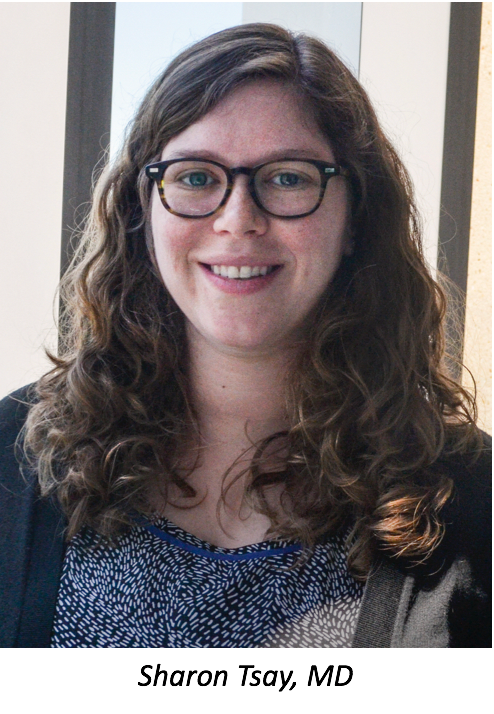Candidemia Presents Significant Risk for C difficile Coinfection
Candidemia is a significant risk factor for C difficile infection in hospital patients.

Hospital patients who acquire candidemia—a blood infection caused by the fungus Candida that has a high mortality rate—have a 1 in 10 risk of also having Clostridium difficile. These 2 conditions together may lengthen hospital stays and possibly push mortality rates even higher.
Candidemia, often seen in patients with a central venous catheter, is much less common than C difficile infection (CDI): There are roughly 46,000 cases of the former and 453,000 cases of the latter in the United States each year. However, candidemia packs a bigger wallop, with up to a 30% death rate compared with a 9% death rate for CDI. Both are more likely to occur in patients who’ve been hospitalized for prolonged periods and who have taken broad-spectrum antibiotics.
A team from the US Centers for Disease Control and Prevention (CDC) partnered with health care agencies to identify candidemia patients in Georgia, Tennessee, Oregon, and Maryland between 2014 and 2016; New York patients were identified in 2016 only. Roughly 9 million patients were surveilled as part of this study. The investigators looked at the charts of patients who had candidemia in order to determine whether C difficile was diagnosed anywhere from 90 days prior to 90 days after candidemia appeared, later shortened to 90 days prior to 30 days after.
About 9% of the candidemia patients had C difficile. Almost all (86%) of those with both infections had taken antibiotics in the 2 weeks prior to being diagnosed with candidemia, and 78% had a central venous catheter at diagnosis. Many had comorbidities: Diabetes was the most common underlying condition, followed by liver disease.
Although the study allowed coinfection to be defined as both infections occurring within months of each other, the 2 diseases occurred much more in tandem. “[W]e found that most coinfections occurred within a week of the other infections, which highlights the likely complex interactions occurring within the gut microbiome,” Sharon Tsay, MD, who works at the CDC’s Division of Foodborne, Waterborne, and Environmental Diseases and is an author of this study, told Contagion®.
Either infection on its own is troublesome; however, having them concurrently can be disastrous. “When a person has both Candida and C difficile infection, it increases the complexity of medical care and health care costs,” said Dr. Tsay. “Although we didn’t find a mortality difference in our analysis, other researchers have found that patients with both infections have a higher mortality rate.” She cited 1 study that showed the 30-day mortality rates for patients with both infections at 60% versus 13% for patients with just 1 infection. In that study, the overall mortality rate for those infected with both microbes was 72% compared with 20% for those who had a single infection.
The treatments for the 2 conditions are different, as candidemia requires an IV antifungal drug and C difficile normally merits an oral antibiotic. Although Dr. Tsay and her colleagues do not feel that every patient with candidemia necessarily needs to be tested for C difficile, they urge clinicians to be aware of the fact that anyone with candidemia is at higher risk for C difficile, particularly those who are receiving dialysis, have had a recent hospital stay, and have taken antibiotics in the prior 2 weeks. C difficile symptoms such as profuse watery diarrhea, abdominal pain, fever, and nausea merit a closer look.
The study team is hopeful that attention to preventive measures can lower the rates of both infections. “Antibiotic stewardship is important to highlight, as it has been shown to decrease CDI rates and may also help prevent candidemia and CDI-candidemia coinfection,” said Dr. Tsay. “Reinforcing prevention efforts for each of the infections individually might also help reduce the burden of coinfection. For example, infection-control measures for CDI and best care practices for central venous catheters also help prevent candidemia.”
Ms. Saloman is a health writer with more than 20 years of experience working for both consumer-and physician-focused publications. She is a graduate of Brandeis University and the Medill School of Journalism at Northwestern University. She lives in New Jersey with her family.



















